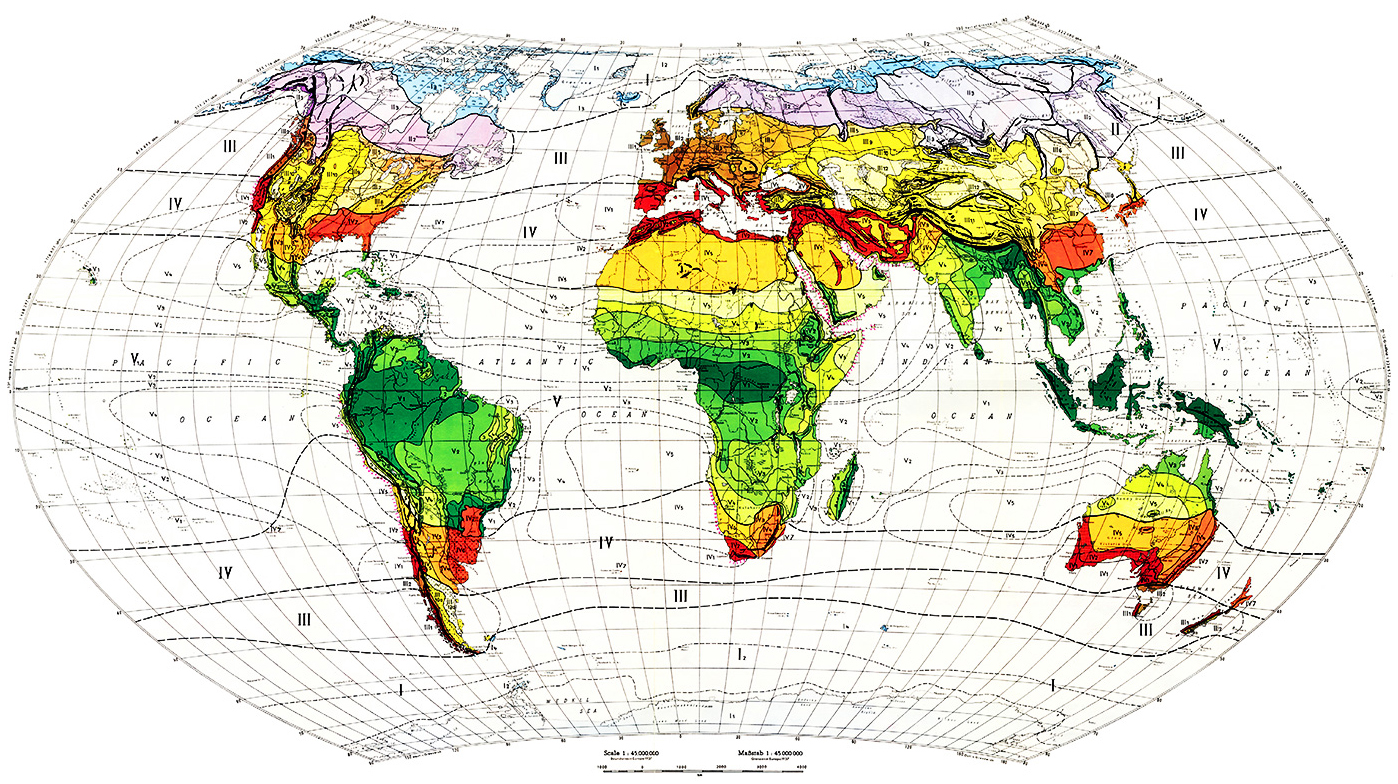AFRICA
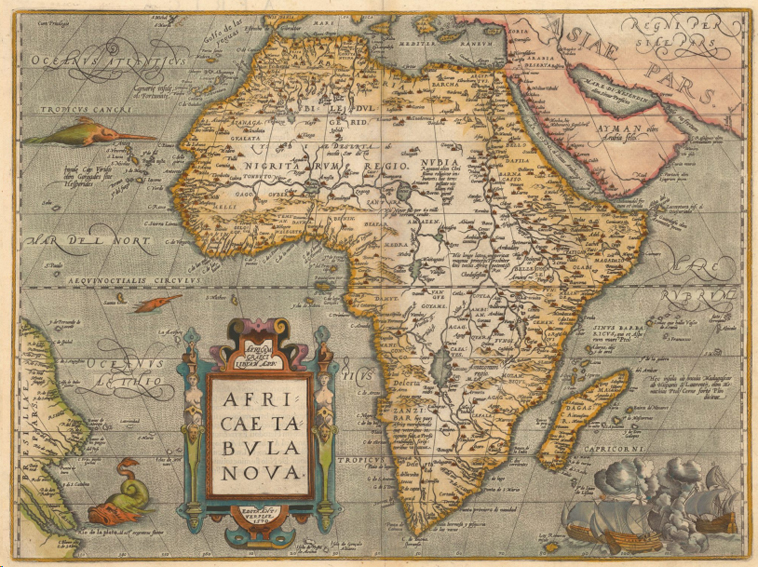
한국 열대의학의 선구자 주인호
해방 이후 미군정의 도움으로 10명의 한국인 의사들이 록펠러 장학금을 받아 미국의 존스홉킨스, 미시건, 하버드 보건대학원에서 공부를 하였다. 그 중의 한 명이 경성의학전문학교에서 공부한 주인호이다. 그는 1970년대 초에 아프리카에서 황열 방역 책임자로 헌신하면서, 전쟁과 열대 질병 사이의 깊은 상관성을 예리하게 꿰뚫어보았다.
황열 대유행의 감염경로는 다음과 같았다. 즉 나이지리아 병사들이 비아프라(Biafra) 정글 속에 포격을 퍼붓게 되자, 이에 놀란 원숭이들이 인가 근처로 도망쳐 나와 농가 주위의 바나나, 가사바나무 속에서 서식하는 모기 즉, Aedes africanus, Aedes simpsoni, Aedes egypti 種에 의해 원숭이 황열 -> 모기 -> 사람으로 전파되었으며, 국경 왕래가 자유로운 아프리카 신생국들에게 한 나라 안의 전염병이 곧 인접국가에 옮아간 것이었다.
주인호는 열대의학의 지평을 넘어 당시 아프리카의 새로운 사상운동인 ‘네그리튀드’(Négritude)에 대해서도 주목했다.
아프리카 대륙이 낳은 저명한 시인이며 사상가인 세네갈의 레오뽈드 센골 (Léopold Sédar Senghor) 대통령이 부르짖은 소위 네그리튜드는 넓게 또한 깊이 인식되어야 한다. 그가 주장하고 있는 네그리튜드란 동서양사상에 비견할 수 있는 흑인 독자적인 인식과 사고력에 의한 흑인문화의 본질을 뜻한다.
Joo In-ho, a pioneer in tropical medicine in Korea After liberation.
With the assistance of the US military government in Korea, 10 Korean doctors received Rockefeller scholarships to study at Johns Hopkins, Michigan, and Harvard School of Public Health in the United States. Joo Won-ho, a graduate of Gyeongseong Medical School, dedicated himself to leading yellow fever quarantine efforts in Africa in the early 1970s. He astutely recognized the strong connection between war and tropical diseases.
The transmission pathway of the yellow fever pandemic unfolded as follows. When Nigerian soldiers shelled the Biafra jungle, startled monkeys fled near humans, inadvertently spreading monkey yellow fever to mosquitoes, which then transmitted the disease to people through species such as Aedes africanus, Aedes simpsoni, and Aedes aegypti. These mosquitoes inhabit banana and gasaba trees in farm surroundings. The epidemic within a country soon spread to neighboring countries and to new African countries with open border crossings.
Beyond the border of tropical medicine, Joo-In ho also observed the emerging African ideological movement at the time, Négritude.
The concept of "negritude" highlighted by Senegalese President Léopold Sédar Sengor, a distinguished poet and thinker from Africa, deserves broad and profound recognition. The "negritude" he mentioned pertains to the core of black culture, rooted in independent black perspectives and cognitive abilities that can be compared to Eastern and Western philosophies.
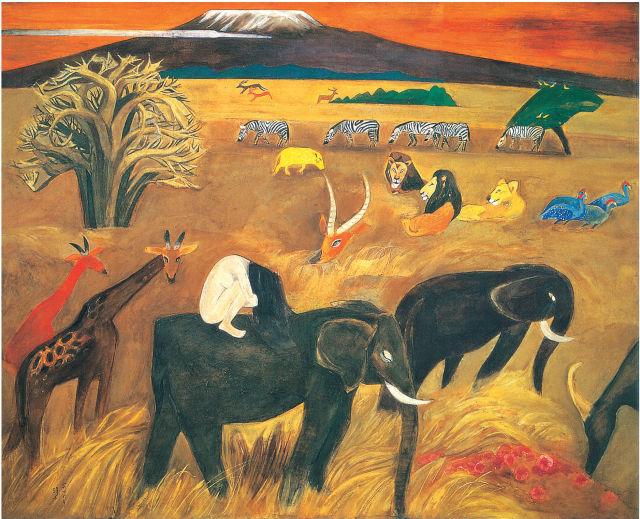
콩고의 천경자
천경자는 콩고에 한없이 매력을 느꼈고 콩고를 “아프리카 중의 아프리카”라고 불렀다. 콩고의 수도 킨샤사에서 천경자는 무엇을 보았을까?
모든 것이 태양에 닿은 듯한 빛깔의 배경에 선명한 배추색과 주황색이 광기마저 서리는 콩고 킨샤사. 한 가닥의 미소도 되던질 줄 모르는 거센 성품의 흑인들은 야만적이고 원시적이어서 문명인의 때가 덜묻은 듯 느껴진다. 그래서 더욱 아프리카 중의 아프리카 콩고는 원색의 매력이 넘친다.
Cheon Kyeong-Ja in Congo
She was attracted to Congo and called it the "Africa among Africa." What did she see in Congo's capital, Kinshasa?
“Kinshasa, Congo, where everything seems to be touched by the sun and the colors of cabbage and orange are vibrant. Black people with a strong character who do not smile are perceived as barbaric and primitive, suggesting that civilized individuals have fewer flaws. That's why the Congo in Africa is full of primary colors.
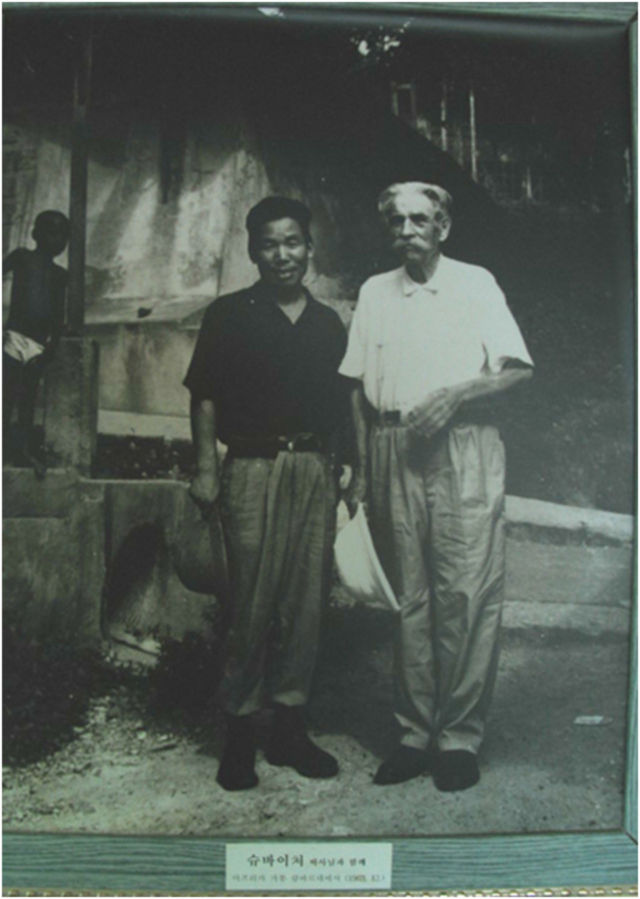
아프리카의 김찬삼
10권으로 된 《김찬삼의 세계여행》을 쓴 김찬삼은 한국에서 보릿고개를 넘기도 힘들었던 시기에 아프리카, 라틴아메리카, 남태평양을 제 집 드나들 듯이 여행했다.
서구의 역사가 이미 끝났다는 것을 느끼고 쇼오펜하우에르는 인도철학에서 새로운 세계를 찾고, 쉬바이쩌는 아프리카 사람들에 대한 속죄를 위하여 유럽을 떠났고... 고갱도 이 때 서구를 등지고 이 타이티 섬에서 평생 지낸 것이 아닌가. 이런 역사의식을 지녔던 고갱을 받들었기 때문에 이 타이티 섬에 와서 느낀 감회는 그지없이 컸다.
Kim Chan-sam of Africa
Kim Chan-sam, the author of the 10-volume series "Kim Chan-sam's World Travel," journeyed through Africa, Latin America, and the South Pacific during a challenging period when South Korea was facing starvation
Schopenhauer discovered a new world in Indian philosophy after realizing that Western history had come to an end, while Schweitzer departed Europe to seek redemption for the Africans. Didn't Gauguin also spend his entire life on the island of Haiti opposing the West during this period? I was deeply moved by the fact that I met Gauguin, who possessed this historical consciousness.
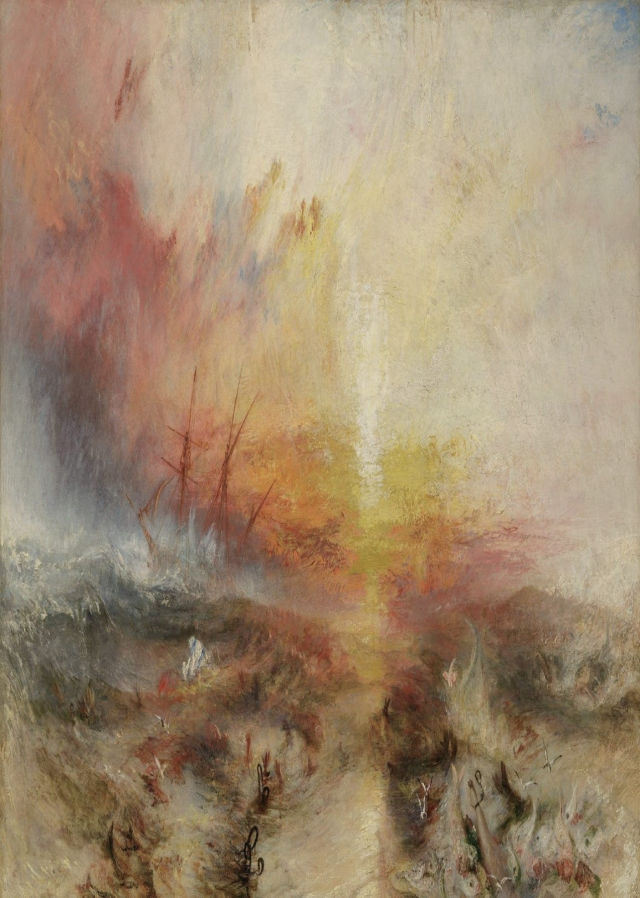
노예선
세네갈 유역에서 나는 아주 저렴한 가격으로
깜둥이 육백 명을 사들였는데
딴딴한 근육과 건장한 다리가
꼭 질 좋은 주물로 만든 쇳덩이 같거든
그 놈들을 손에 넣는라 내가 지불한 것은
화주와 유리구슬과 철구였으니까
반수만 놈들이 살아 남는다 해도
순이익이 팔백 퍼센트는 될 거야
우리가 리우데자네이로에 도착해서
3백명의 깜둥이만 살아준다면
곤잘레스 페이로 상사는
두당 일백 두카트는 주겠지.
•••
중략
•••
우리 모든 인간을 위해 십자가를 짊어진 그리스도여!
저 3백 개의 상품이 살아남지 않으면
내 장사는 망쳐버리고 맙니다.
A slave ship
In the Senegalese basin, I purchased 600 black weights at a very affordable price. They have strong muscles and sturdy legs, resembling metal ingots made of high-quality castings. Get your hands on them. What I paid for was shippers, glass beads, and steel ingots. Even if only half of them survive, the net profit will be 800 percent. We arrived in Rio de Janeiro. If only 300 babies could survive, Boss Gonzalez Fayreau will give you a hundred and two carts •••
•••
Christ, who carries the cross for all of us human beings! If those 300 items don't survive, my business shall be ruined
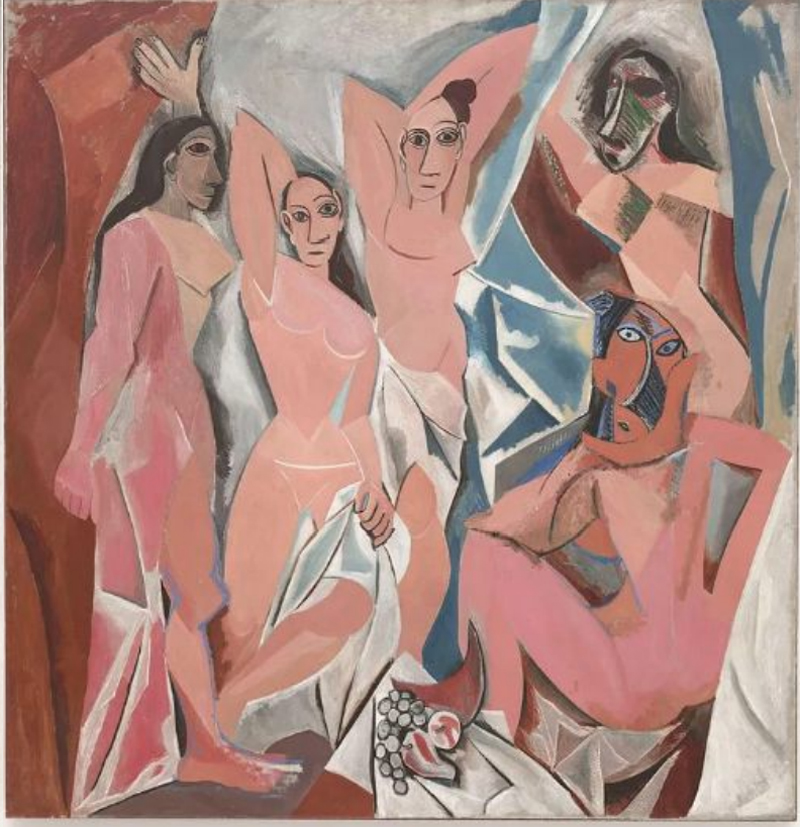
피카소와 아프리카 미술
파블로 피카소가 입체파의 거두이자 유명한 화가라는 사실은 유명하다. 그러나최초의 입체주의 작품이자 미술의 방향성을 바꾸기 시작한 <아비뇽의 여인들(1907)>이 아프리카 미술에서 영향받았다는 사실은 그에 비해 잘 알려져 있지않다. 피카소는 아프리카의 조각 및 유물들의 투박한 형태에 감명을 받았고,원시 미술의 데포르메와 표현력 및 생동감을 그림에 담아내고자 했다.
Picasso and African artwork
Pablo Picasso, renowned for his contributions to Cubism and his prominence as a painter, is widely recognized. However, it is less commonly acknowledged that his seminal work "Women of Avignon (1907), which marked the inception of Cubism and altered the course of art history, was influenced by African art. Picasso found inspiration in the raw and powerful forms of African sculptures and artifacts, aiming to convey the distortion, expressiveness, and vigor characteristic of primitive art in his own paintings.
